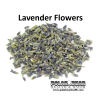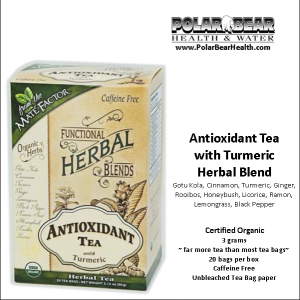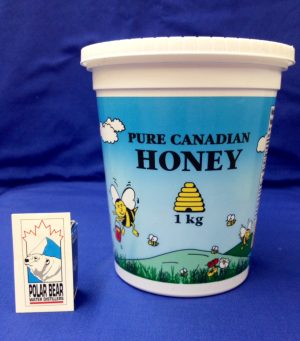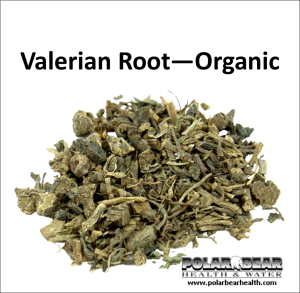Lavender Flower, 50 g
Lavender is more than just a fragrant plant. This herb is also commonly used for medicinal and therapeutic benefits… Lavender is The Little Purple Flower with Power.
Lavender, historically known as the “herb of love”, is an aromatic perennial shrub with violet flowers and pale gray leaves. It is often grown for the extraction of essential oils, and has been used as a medicinal use to treat wounds, hair loss, insomnia and anxiety. Lavender Flowers have a deep blueish gray colour, with an intense but pleasant aroma and a slightly bitter taste.
Lavender can be used to make a relaxing herbal tea. Due to its bitter taste, people may add mint, chamomile or honey if desired. For skincare purposes, lavender can also be made into oils or tinctures to be applied directly onto your scalp or skin. You can use it in fragrances and shampoos as well.
Cosmetic: Infuse in oil or alcohol for use in Skin cleansers, Soaps, Lotions and Creams, Floral water, Ointments, Potpourri, Body spray, Pillow mix, Bath herb, Poultice.
Decorative: Use to add colorful accents to salads, soups, cakes and other foods. Potpourri.
Culinary: Add to tea blends.
Please note: Individuals may react differently to the same product. Always consult your healthcare provider before consuming any herb, especially if pregnant or taking drugs with potential for adverse interactions.
How to make Lavender water ?
1/4 cup Dried Lavender flowers & 1 1/2 cup Hot (not boiling) Distilled Water
Method: Place Lavender flowers into a heat safe jar that has a lid. Heat the water until bubbles start to form, but before it begins to boil. Pour the hot water over the Lavender flowers (ensure that they are covered – don’t worry if they float to the top). Place the lid on the mixture, and let steep for around 30 minutes. Strain out the Lavender using a cheese cloth or a very fine strainer. Store the water in the fridge. Placing the Lavender water into a dark or light coloured spray bottle is a lovely way to give as a gift! Note: This mixture is most potent when first created, but can last for months when left in the fridge.
Epsom Salt Bath
Benefits of Epsom Salt The health benefits of using Epsom Salt have been celebrated for centuries. Despite its name, Epsom Salt is not actually a salt! It is a chemical compound made up of magnesium, sulfur and oxygen. This makes them an effective, natural way to remove harmful toxins from the body. Epsom Salt is used to promote healthy skin, muscle joints and nervous tissue. The magnesium present in Epsom Salts helps to improve muscle and nerve function. It is also beneficial for blood flow and oxygenation throughout the body. The sulfates are key in improving the absorption of nutrients in our bodies. And they play a role in flushing out toxins, which eases things like migraine headaches. Give your partner the gift of relaxation this Valentine’s Day!
Recipe: 1-2 cups Epsom Salt Optional: Dried Rose Buds and Petals, Dried Lavender flowers, Essential Oil
Method: Add Epsom Salt to air tight container. Mix dried flowers or 1-2 drops of your favourite essential oil with the Epsom Salt (optional). A small glass jar is the perfect way to show off the beauty of your finished product! Idea: Layer the salt and dried flowers (instead of mixing) in the air tight container for a striking effect. This will look beautiful but will result in bits of flowers floating around in your bath. This is not for everyone and can cause trouble for some drains.
Precautions: We recommend that you consult with a qualified healthcare practitioner before using herbal products, particularly if you are pregnant, nursing, or on any medications. For educational purposes only. This information has not been evaluated by the Food and Drug Administration. This information is not intended to diagnose, treat, cure, or prevent any disease.
Health Food Stores Edmonton | Herbs spices I







Reviews
There are no reviews yet.